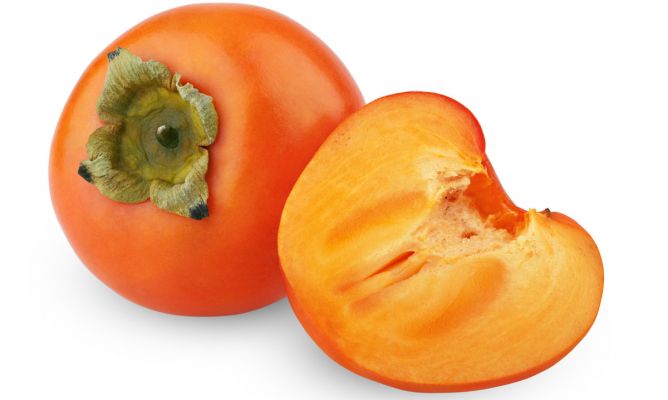Japanese Persimmon - Japan National Fruit
Fruit Information

Culturally, Japanese Persimmon holds special meaning within Japan society, often featuring in traditional celebrations, culinary preparations and cultural practices passed down through generations. The fruit's designation as a national symbol reflects its deep integration into the country's identity and heritage. Modern applications continue to evolve while maintaining respect for traditional uses and cultural significance, ensuring that Japanese Persimmon remains an important part of the nation's agricultural and cultural landscape.
| Fruit Name | Japanese Persimmon |
| Scientific Name | Diospyros Kaki |
| Country | Japan |
| Continent | Asia |
| Fruit Season | Fall |
| Fruit Color | Orange-Red |
| Fruit Size | Medium |
| Fruit Taste | Sweet-Astringent |
| Fruit Origin Region | East Asia |
| Designation Year | 0000 |
| Peak Month | October-November |
| Economic Importance | Traditional Agriculture |
| Cultural Use | Japanese culture, autumn traditions |
| Processing Type | Fresh, Dried, Traditional sweets |
| Fruit Shape | Round-Flattened |
| Texture | Soft when ripe |
| Nutritional Value | Vitamin A, Vitamin C, Fiber |
| Storage Type | Room temperature to ripen |
| Harvest Method | Hand picking |
| Shelf Life | 1-2 weeks |
| Climate Type | Temperate |
| Soil Type | Well-drained loamy |
| Water Requirement | Moderate |
| Tree Height | 4-12 meters |
| Flowering Season | May-June |
| Fruiting Age | 3-6 years |
| Yield Per Tree | 50-150 kg |
| Export Countries | Japan, China, Korea |
| Import Countries | USA, Europe |
| Medicinal Use | Digestive health, Vitamin A |
| Festival Association | Autumn festivals, moon viewing |
| Historical Significance | Ancient Japanese cultivation |
| Alternative Names | Kaki, Sharon fruit, Diospyros |
Detailed Information
Cultivation & Origin
The cultivation of Japanese Persimmon in Japan reflects the country's suitable climate conditions and agricultural expertise developed over generations. Local farmers have perfected growing techniques that maximize both yield and quality, ensuring that this fruit meets the nutritional needs of the population while also contributing to the local economy. The fruit's adaptation to local growing conditions demonstrates the harmony between agricultural practices and environmental factors.
Nutritional Benefits
From a nutritional perspective, Japanese Persimmon offers a rich array of vitamins, minerals and bioactive compounds that support overall health and wellness. The fruit contains essential nutrients that contribute to immune system function, digestive health and provide natural energy sources. Regular consumption of Japanese Persimmon as part of a balanced diet can contribute to meeting daily nutritional requirements and supporting long-term health goals.
Economic & Agricultural Significance
The economic significance of Japanese Persimmon extends beyond simple agricultural production to encompass processing, distribution and various value-added applications within Japan. Local communities often depend on this fruit for both subsistence and income generation, with cultivation and processing providing employment opportunities in rural areas. The fruit's economic impact supports local markets and contributes to food security within the region.
Cultural & Modern Applications
Culturally, Japanese Persimmon holds special meaning within Japan society, often featuring in traditional celebrations, culinary preparations and cultural practices passed down through generations. The fruit's designation as a national symbol reflects its deep integration into the country's identity and heritage. Modern applications continue to evolve while maintaining respect for traditional uses and cultural significance, ensuring that Japanese Persimmon remains an important part of the nation's agricultural and cultural landscape.